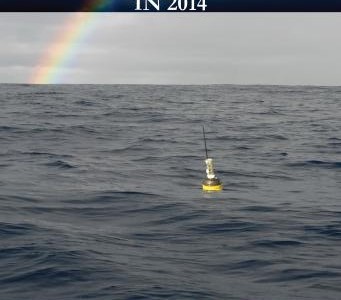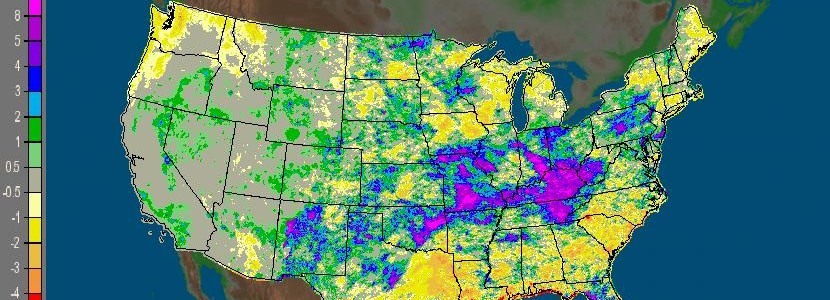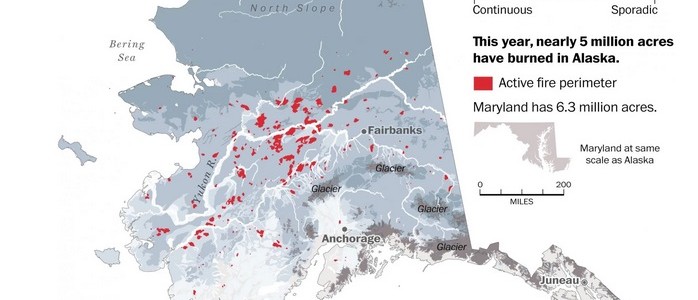Pam Knox
-

Earlier this month, the American Meteorological Society published their annual report on the State of the Climate for 2014. This report provides exceptional detail on climatic conditions across the world, including temperature, precipitation, sea level, storms, and ocean heat content. You can read about the report and find a link to the full report in…
-

The Climate Science Learning Network announced today that they have scheduled a series of webinars about communicating changes in climate to different audiences. The first webinar, to be held August 6 at 1 pm EDT, will cover “A Method for Building Trust and Collaboration in Addressing Climate Change Impacts, Part 1 – Working with Cooperators”. The…
-

The latest NWS 30-day precipitation maps from https://water.weather.gov/precip show how wet California has been this year compared to normal. The two maps below show the departure from normal and the percent of normal since June 26, 2015. While the Southeast has been slightly below normal during that time period, California has received 1-2 inches of…
-

Wildfire season in the Pacific Northwest has entered its high season, and is expected to be worse than usual due to the continuing drought conditions in the region. Here are a few stories about the current season and the terrifying season that Alaska is experiencing this year. Cliff Mass of the University of Washington posted…
-

The US Geological Survey is best known as the source of maps of topography and geology in the United States. But the USGS is also a source of water information, particularly stream flows and ground water information. In addition to the gauges that monitor rivers across the country, many of the gauges also have a…
Posted in: Sources of weather and climate data -

NASA released a short article this week about an online app that you can use to simulate the development of a hurricane. If you have kids or work with 4-H students, you might find this fun and interesting. You can find the app at https://scijinks.jpl.nasa.gov/hurricane-simulation/.
-

NOAA has released the temperature and precipitation outlooks for August 2015 and for August through October across the US. The outlook for August shows a slightly increased chance of above normal temperatures in portions of the Southeast, particularly in south Florida. There is no indication of an increased chance of wetter or drier than normal…
Posted in: Climate outlooks